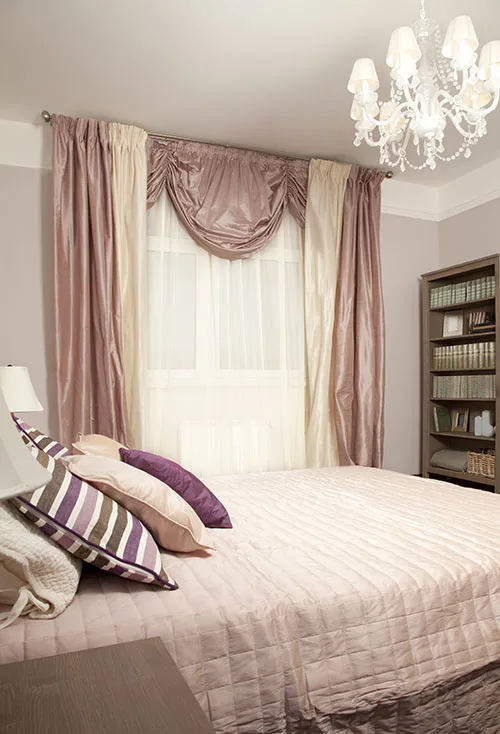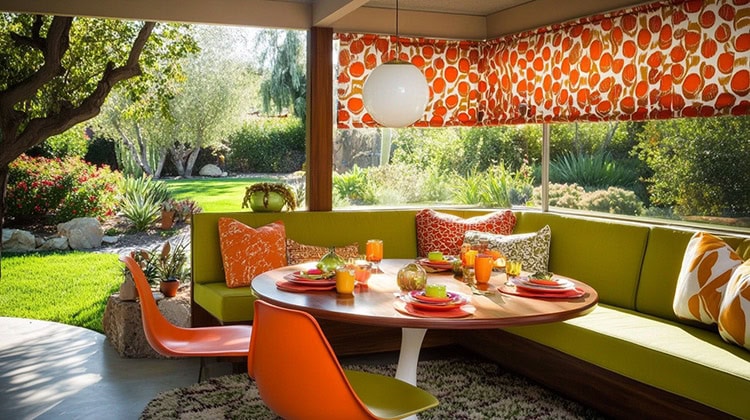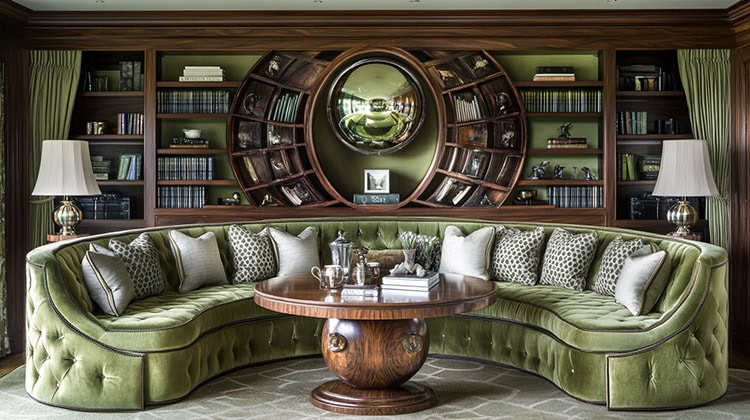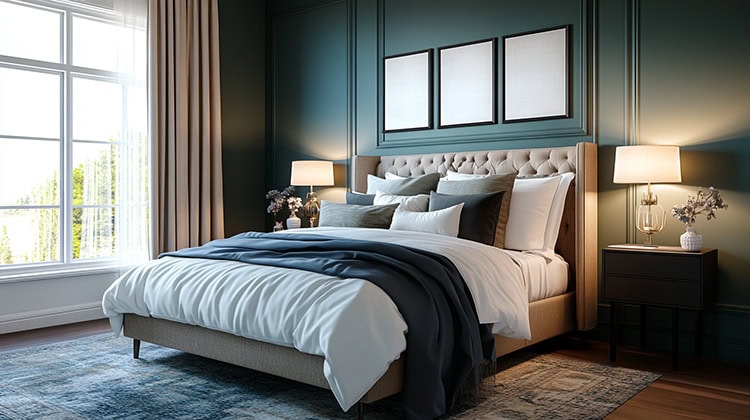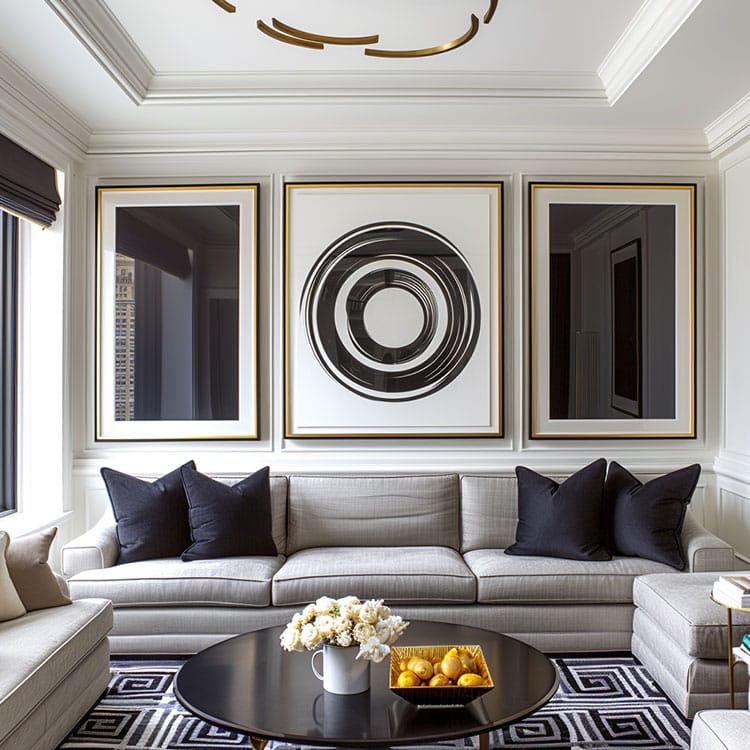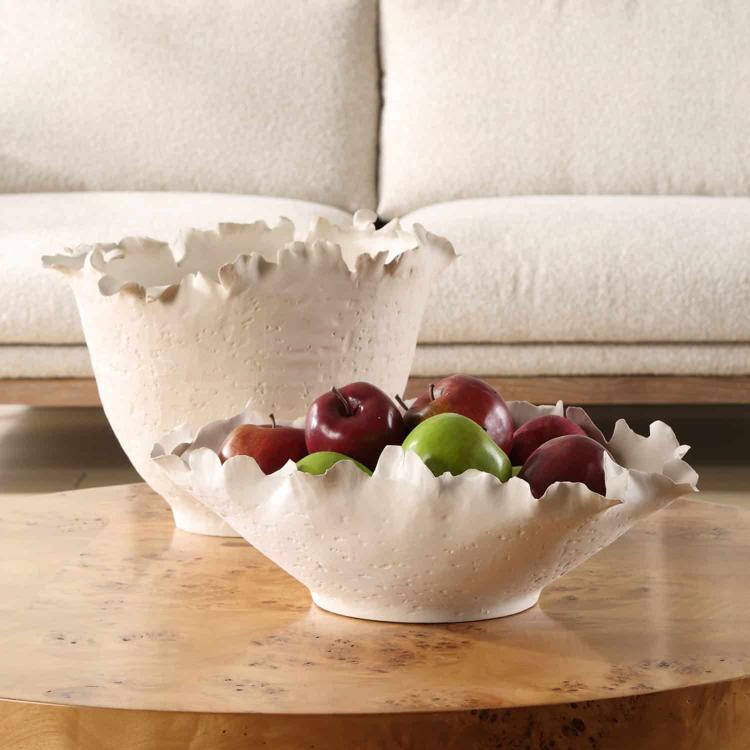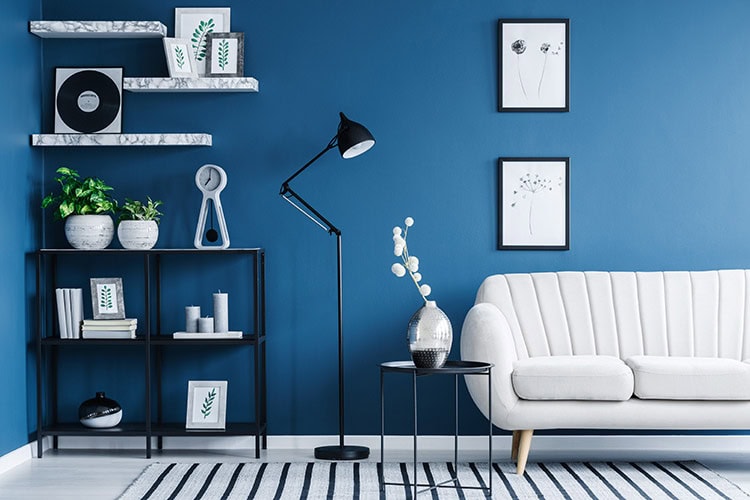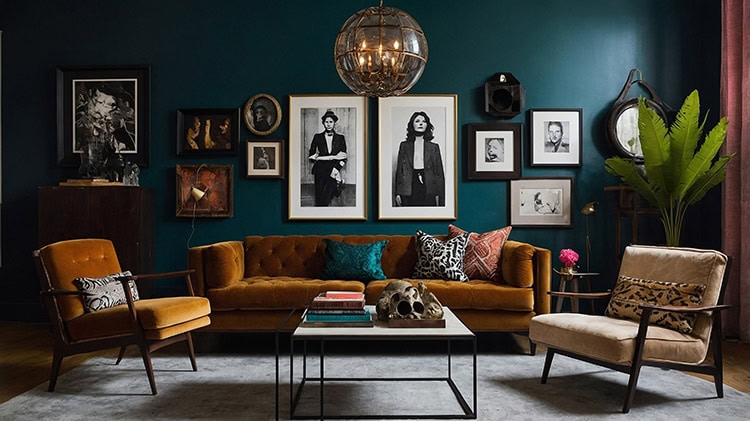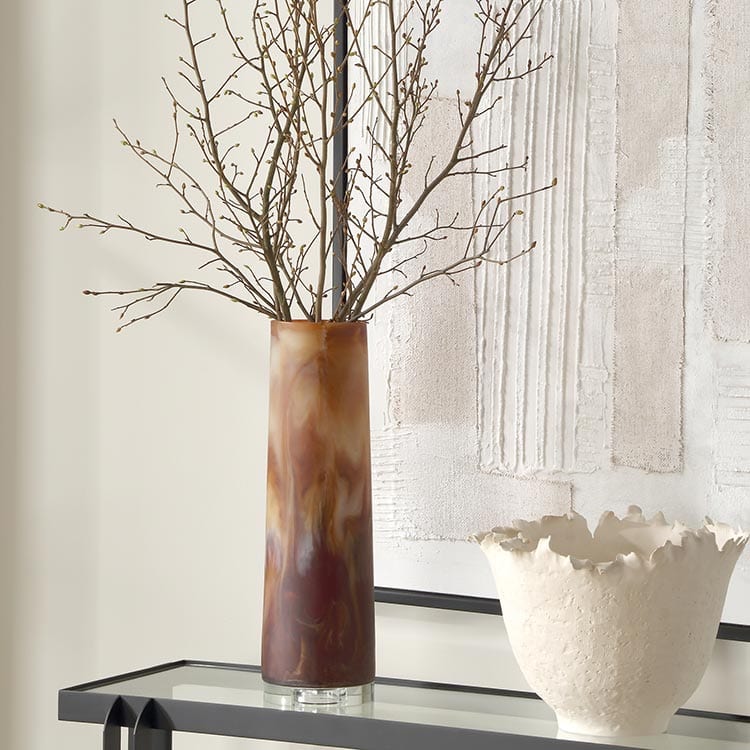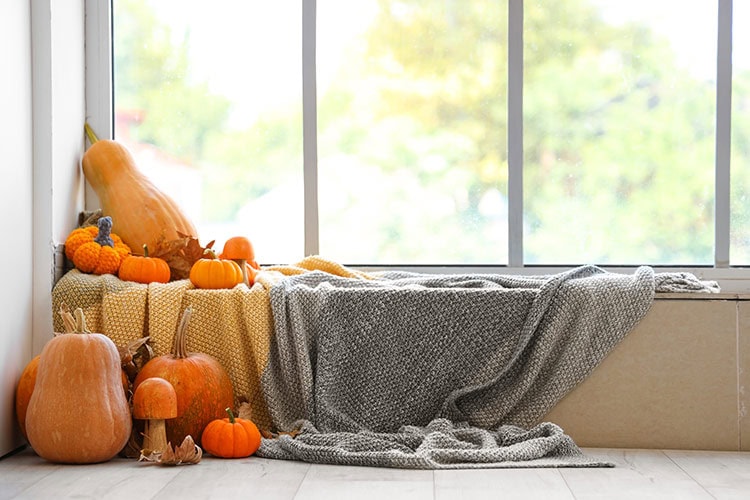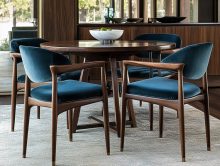
Many people get nervous at the thought of mixing fabrics in their home. If you understand the basics of mixing fabrics however, it doesn’t have to be a stressful experience. Instead, it can be enjoyable and successful. Follow these tips and you’ll be mixing fabrics like a pro in no time.
Find Your Inspiration
It’s important that you start with a fabric in a pattern or color you absolutely love because this will be your starting point. Everything else you incorporate into the room will revolve around this, so choose wisely. You want the room to feel right, and then only way you can accomplish this is to carefully select something that you connect with.
Choose Coordinates
To keep your room from looking or feeling overwhelming, stick with the rule of three. In other words, don’t exceed three different fabrics, unless you are really comfortable with adding in more. At best, four should be your absolute limit. To keep your fabrics fresh and personal incorporate different textures, gradients of contrast, a varied scale, a mix of sheens, and a grouping of complimentary patterns or colors.
Many people are afraid to mix their patterns, but there is absolutely no reason that you can’t! Yes, a floral, a plaid and a solid can go beautifully together if it’s done correctly and the way to do that is to stick with a common color. If blue is the foundation color, then the other fabrics should have that shade of blue somewhere in the pattern. This common color is what links each fabric choice together for a harmonious feel and a beautiful look to your room.
In regards to scale here are some easy tips to help you out:
- Use small-scale patterns in smaller rooms so they aren’t mistaken for a texture or a solid. You want your beautiful choices to be seen.
- Medium-scale patterns work for small and large rooms.
- Stick with large-scale patterns for larger rooms and larger pieces of furniture. Large patterns can overpower a small room and appear fragmented on small pieces of furniture.
- To add height or width to a piece, go for stripes. Your choice of vertical or horizontal will be based on what you want to accomplish.
Experiment
The great thing about picking fabrics is that you can play around with the swatches before making a final decision and purchase. Home decorating should be fun and experimenting with fabrics allows it to stay that way. It’s important look at your fabrics in different lighting, because what looks good in dim lighting might not look good in bright lighting. It’s also important to experiment with where these fabrics will go. As a general rule, don’t use all the fabrics in one area of the room. Instead, spread them around to create balance. For example, your main fabric choice might cover the sofa, while your other choices are used for throw pillows, drapery, lampshades or smaller pieces of furniture.
Put it Together
Now that you’ve made your choices, it’s time to put it all together. Be sure to take into consideration your walls and floor coverings when designing, as these are additional areas for colors and patterns. Remember, these are just guidelines to help you in your project, but if you need additional help, feel free to stop into one of our stores to talk with an associate. Have fun!
Once your chosen your colors to decorate with, come in to Interior Fabrics location in Houston. We have great staff that will help you find the fabrics you need, without having to spend a fortune.

